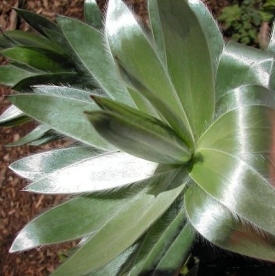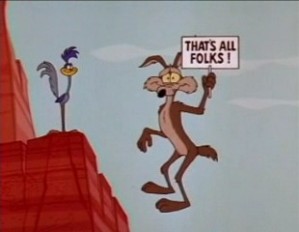Squinting back into the sunlit haze of my distant past, I recall a handful of hidden places that once meant everything to me. Childhood forts, magical spots, secret havens – whatever I call them now, it doesn’t capture what they meant to me back then.
They were places for play, for dreaming, for private ceremonies and spells. Each had its own atmosphere, its own rituals, its own particular scents and colours and associations. Summoning them up now, I’m back there in a flash.
Spy grotto: a green gap inside an overgrown roadside hedge where my best friend Matt and I would hide to spy on passers-by, startling them with strange hoots and wild animal calls. We’d also conjure spells in there, using dirt, unearthed bones and the purple juice of crushed fuschia flowers.
Secret portal: a set of spooky old moss-covered wooden steps that led nowhere, a shadowy portal hovering in a gloomy pine forest. I half-hoped this spot would lead me into another world, like the wardrobe in the Narnia books, or Alice in Wonderland’s rabbit hole.
Climbing tree: I loved my beautiful climbing tree, with its glimmering silver leaves. But one morning after a big storm, mum held me up to the kitchen window to see my poor tree laying flat on its side, blown down by the wind. It was such a shock, to realise the things you love can just fall over.
Grass fort: a hollow in the long grass, where I’d lie back under the sky and daydream, surrounded by butterflies, tiny hopping money spiders, trilling cicadas and the scent of wormwood bushes. This blissful, private spot was on a farm we often visited, and I kept it entirely to myself.
All these years later, I still miss these special places. Recalling them now, I’m struck by a sense of loss and longing. And I wonder: when we grow up and lose our childhood havens, our secret boltholes and clubhouses, our forts and tree-houses, and all the private rituals we build around these magic sites…
I don’t believe we stop needing them. But what do we have to take their place?
This short piece is a teaser for a longer article I’m writing for Open Field magazine. All profits from sales of the iPad magazine will go to CARE Australia.





